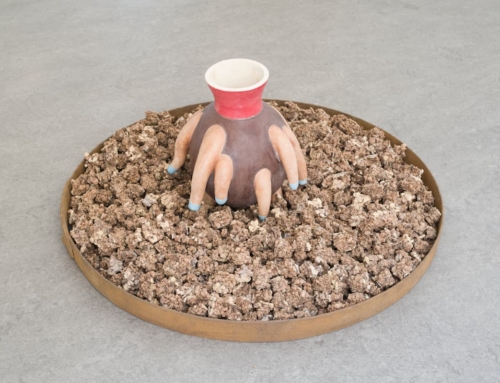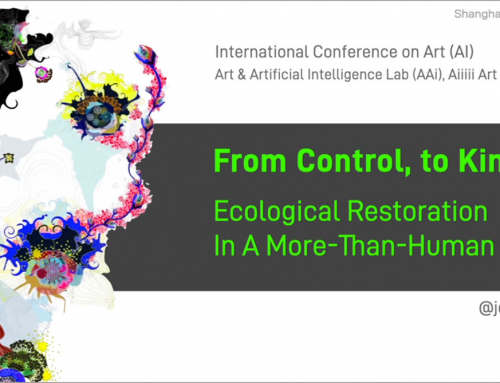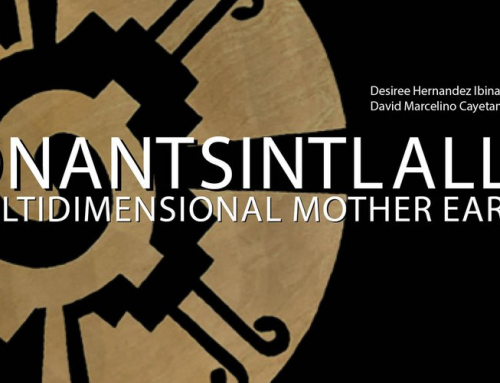(1999)
Q] Do you believe a new century will spur different thinking in terms of architecture and design? Why or why not?
A] A new century, with 100 or 1,000 years stretching ahead, will prompt us to focus with dramatic new intensity on the consequences of design for the environment. Expect to hear much more about “Factor 4” or “Factor 10” – the number of times by which the environmental impact of a product or building needs to be reduced to be sustainable. The good news is that Factor10 projects will be fun, and will bring designers a vast amount of new work.
Q] There seem to be two strong camps emerging in the two fields – one aggressively modernist and the other looking to reinterpret the past for the modern era. In your view, will one prevail? Is one necessarily better than the other?
A] The words ‘modern’ and ‘past’ will change their meaning in the new century. ‘Modern’ in 2000 will refer to designs that are sustainable, incorporate smart materials, are adaptive, and communicate with other products or places. Few of today’s modernist designs have these qualities. As for the ‘past’, I anticipate that in 2000 we will look farther back than the last 100 years for inspiration. You’ll hear talk of high-tech-enabled hunter gatherers – a 12,000 year-old lifestyle.
Q] The last century has seen enormous strides in terms of design. Will the new century see even more, given the
acceleration of demand for new design? Or will this process slow down and the public begin demanding longer-lasting designs?
A] Miles Davis said: “don’t play what’s there, play what’s *not* there”. Faced with so many new challenges, we will surely become impatient with designers who waste their time and the planet’s limited resources on short-life-span products and pointless re-inventions of the wheel.
Q] Will the public awareness of what is good and bad design continue to increase? Why?
A] Who knows the difference between good and bad? I have no ambition to be a designer-priest. I prefer to believe that ‘the public’, among whom I include myself, will judge new design by such criteria as relevance, innovation, lightness, intelligence, connectedness, and fun.
Q] Will architecture and design adopt even more new materials compared with the past, i.e., from the computer, aerospace and high technology fields,
>>or where there be a move back toward natural materials?
A] The gap between artificial and natural materials is fast disappearing: biologists and engineers are now collaborating to figure out new ways to transfer the properties of ‘natural’ materials to man-made products and systems. The question is not, how do we choose between natural and artificial? but, how do we use these new materials in smart new ways? Answers to this question will start to flow when designers, citizens, and the men in white coats, start working together.
Q] Will companies and individuals begin commissioning grander projects in order to commemorate the arrival of a new century?
A] I hope not, because if they do, they will be horrendously late. I know quite a lot of people involved in millennium expos and building projects: they are all late. To anyone thinking about starting a grand project today I’d say: forget it! Time is only part of the problem: many of the prestige buildings being put up with millennium-enabled cash will soon become financial black holes, because nobody has thought much about who will pay for their running costs.
Q] Are the fears of a ”dumbing down” of design in order to safely appeal to the masses justified? Should a broader approach to design be
taken or should designers lead public taste?
A] The only dumbing down I see is in marketing and advertising offices wherein gormless ‘executives’ and ‘creatives’ persist in insulting their fellow citizens with ‘mass’ communications. Happily, most of these advertising and marketing types will go out of business early in the new century because they simply don’t Get It. The years ahead are not about ‘consumers’: we will increasingly design of our own products and services.
Q] What impact will the internet and the growing use of computers have? For example, will the increase in working from home mean
products designed for the home or the home office will become more important than office and office product design? How will they impact
food, clothing, cars, etc.?
A] Now there’s a big question! Let me take one bit of it: how do we want to live? The internet allows more people to work from home – but how many of us want to do so? Home is lonely and isolating for millions of women (and men); they yearn for community and social contact, which the Internet can support. But we have to do it ourselves: the internet by itself is just a dumb bunch of wires and computers.
Q] Finally, what two or three SPECIFIC products or buildings do you believe are most indicative of the way design is moving as we enter the next century?
A] Pic 1: GOURD Designers will learn from biology in marvellous new ways. I really love these ‘home-grown’ vessels by the Dutch designer (name to follow). Pix c: GRAFFITI-SCAPE The true potential of the internet lies in its capacity to connect people together socially in new ways. This “graffiti-scape” is a leading edge example, designed by Michael Samyn @ VanRiet Online Productions for the Netherlands Design Institute. Different people can leave messages in a shared electronic space. It’s like graffiti, but with the possibility to reply to other people in the space. Pix 3: PENGUIN Penguins are an inspiration for the redesign of buildings – or for that matter, clothes – in the years ahead. A penguin can stand up in extreme cold for weeks on end, keeping up a temperature difference between itself and its environment of 80 degrees Celsius. It can swim in icy water and get out on a sunny beach without overheating. And all on a diet of cold sardines. Compare that to the wasteful clothes, central heating and air conditioning by which we control our own environments.




